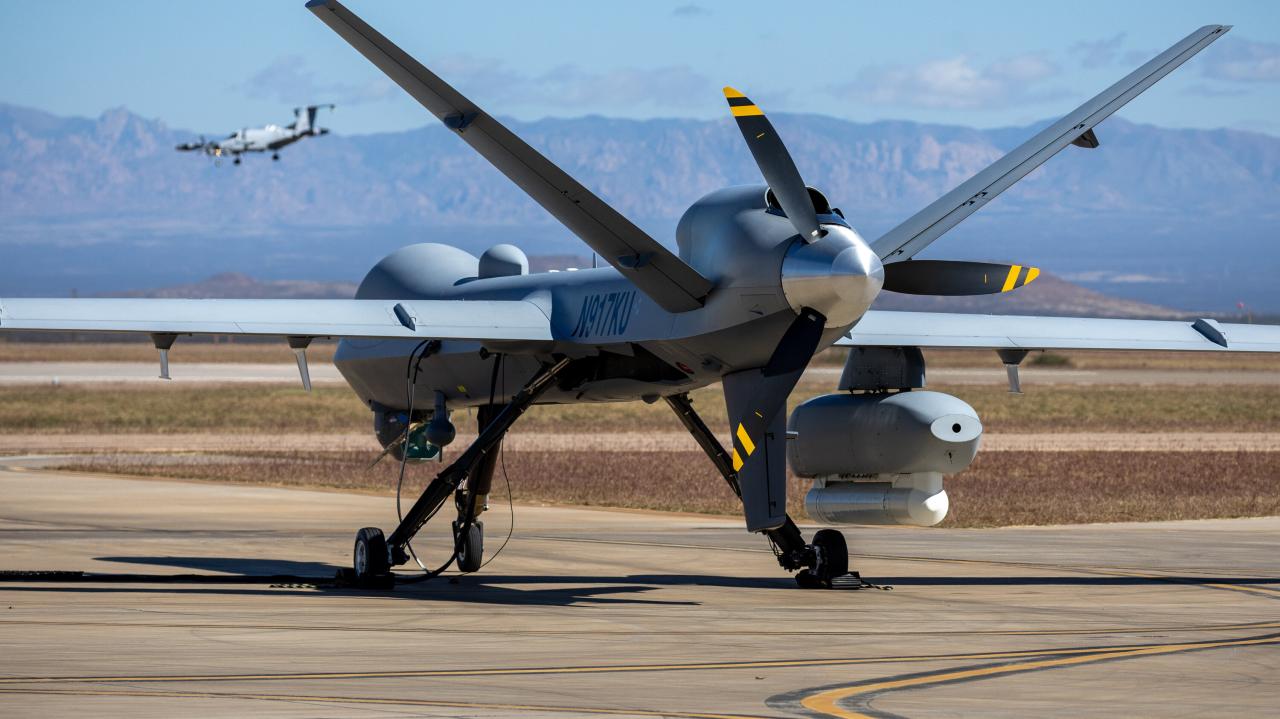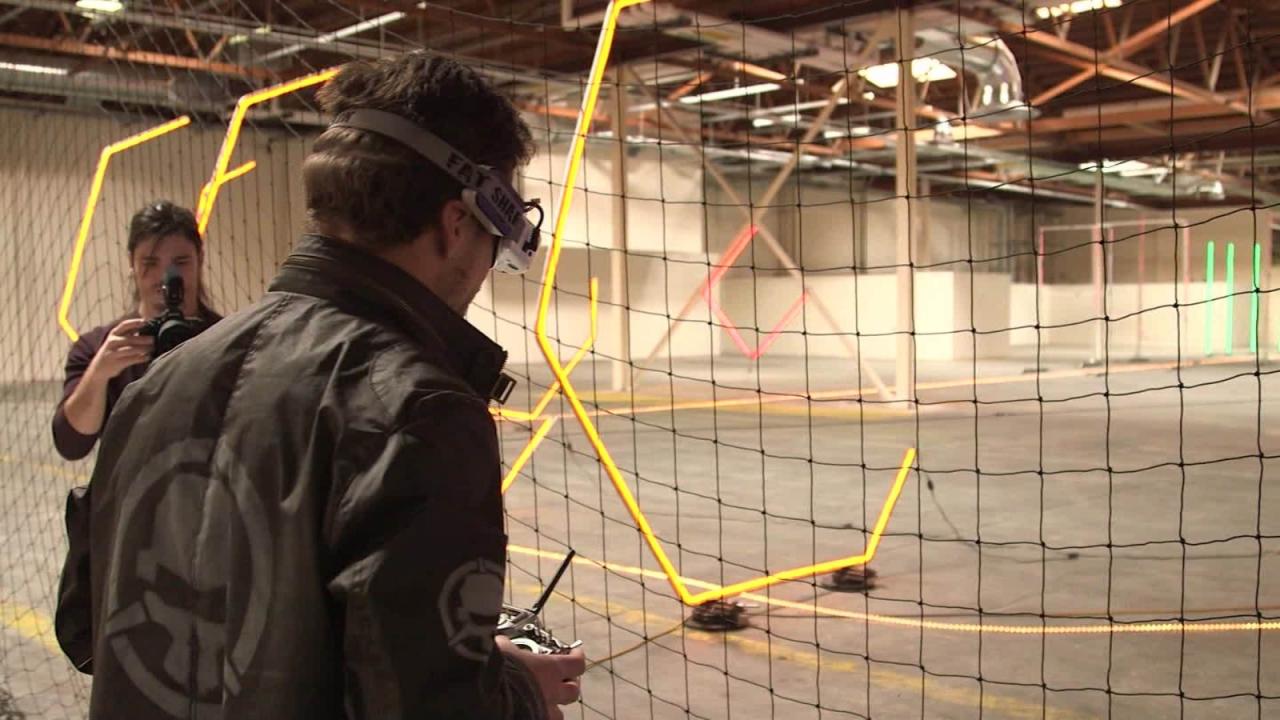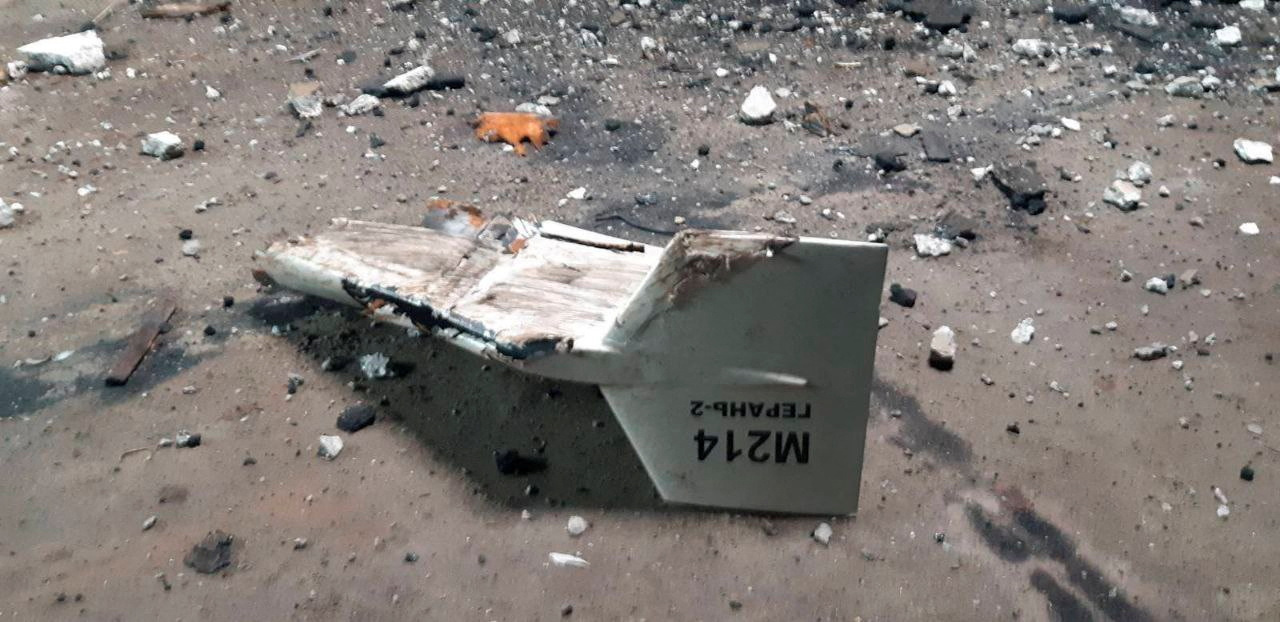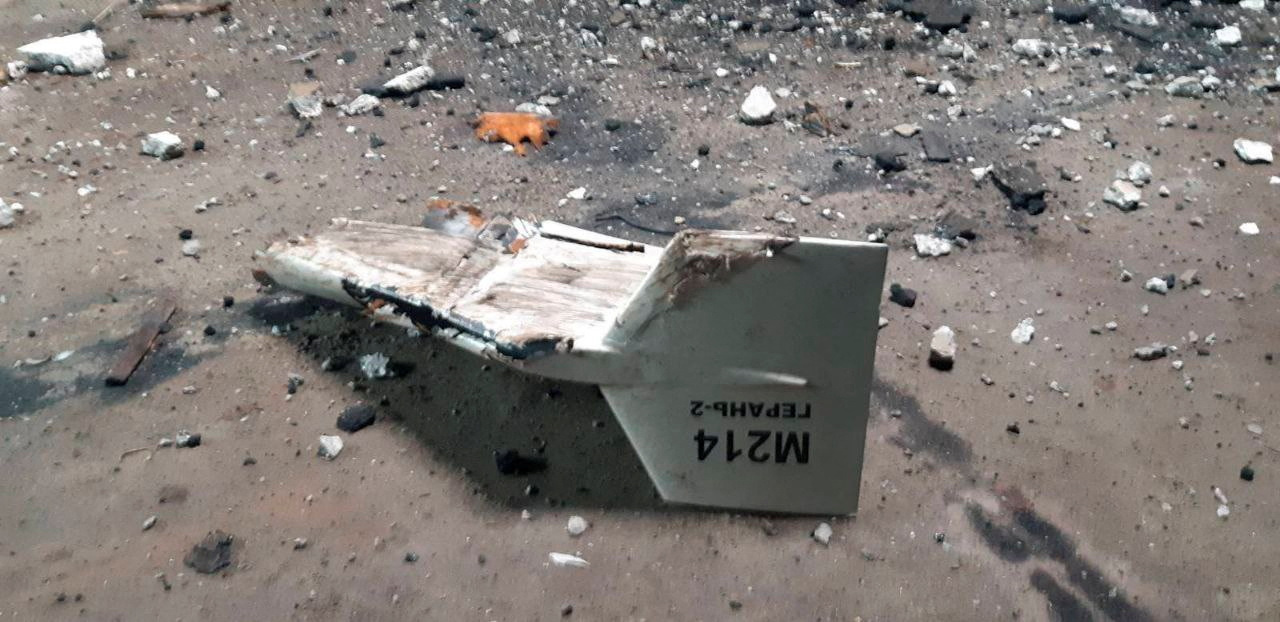Drone shot down in nj: The unexpected downing of a drone in New Jersey has sparked a flurry of questions regarding airspace security, legal ramifications, and the evolving technological landscape of unmanned aerial vehicles. This incident, unfolding against a backdrop of increasing drone usage and concerns about unauthorized operations, highlights the complex interplay between technological advancement and regulatory oversight.
We delve into the details of this event, exploring the circumstances surrounding the incident, the official responses, and the broader implications for public safety and national security.
The incident involved a detailed investigation by both local and federal authorities, leading to the identification of the drone’s operator and a subsequent analysis of the legal aspects involved. The public reaction, fueled by media coverage, has also been a significant element of this unfolding story, raising questions about privacy, safety, and the future regulation of drone technology. This comprehensive analysis seeks to address these concerns and offer insights into the wider implications of this event.
News of a drone shot down in New Jersey understandably raises concerns about airspace security. Understanding the broader context is crucial, and thankfully, progress has been made in addressing unauthorized drone activity. For insights into solutions implemented to tackle this issue, you might find the article on drones over new jersey solved helpful. This information can shed light on how authorities are working to prevent similar incidents involving drones shot down in NJ in the future.
Drone Shot Down in New Jersey
The recent incident involving a drone being shot down in New Jersey has raised significant concerns regarding drone safety, security, and the legal framework governing their operation. This article delves into the details of the event, exploring the circumstances surrounding the incident, the authorities’ response, potential motives, legal implications, public perception, and safety considerations. It also examines the technological aspects involved in both the drone itself and the methods used to neutralize it.
Event Details: Drone Incident in NJ
A drone was reportedly shot down in a residential area of northern New Jersey. While precise geographic coordinates are unavailable publicly for privacy reasons, the incident occurred near a densely populated area, raising concerns about potential harm to people or property. The timeline of events suggests the drone was observed behaving erratically before being engaged. The drone, described as a relatively large quadcopter, was reportedly equipped with a high-resolution camera.
News reports of a drone being shot down in New Jersey sparked discussions about airspace security. Interestingly, photographers covering the event might have used cameras like the high-quality fujifilm x100v to capture images from a safe distance, showcasing its versatility in diverse situations. The incident highlights the evolving complexities of urban airspace management.
Its make and model remain undisclosed pending the ongoing investigation. The incident unfolded rapidly, with reports of the drone being shot down within minutes of initial sightings.
Authorities’ Response
Local law enforcement responded swiftly to the incident, securing the area and initiating an investigation. The Federal Aviation Administration (FAA) was also involved, given the federal regulations surrounding drone operation. Authorities utilized various methods to identify the drone’s owner, including examining the drone’s wreckage for identifying markings and potentially accessing flight data if recovered. Official statements released by authorities were limited initially, emphasizing the ongoing investigation and a commitment to ensuring public safety.
Possible Motives and Theories
Several theories regarding the drone’s operation and subsequent shooting down have emerged. One possibility is accidental malfunction, leading to erratic flight patterns and prompting the action. Alternatively, the incident may have been intentional, perhaps involving malicious intent or unauthorized surveillance. Another theory considers the possibility of mistaken identity, with the drone being confused for another object. The potential threats associated with unauthorized drone operation include privacy violations, property damage, and even potential harm to individuals.
The unauthorized use of drones near airports or critical infrastructure presents significant security risks.
Legal and Regulatory Aspects
The legal framework governing drone operation in New Jersey, like in other states, is complex and constantly evolving. Operating a drone without proper authorization or in violation of FAA regulations can result in significant penalties, including hefty fines and even criminal charges. The act of shooting down a drone, while potentially justifiable under specific circumstances (such as imminent threat to life or property), also carries legal ramifications and requires careful consideration.
The following table summarizes key laws and penalties related to drone operation in New Jersey (Note: This is a simplified representation and may not encompass all relevant legislation. Consult official sources for comprehensive details):
| Law/Regulation | Description | Penalties | Relevant Agency |
|---|---|---|---|
| FAA Part 107 | Regulations for commercial drone operation. | Fines, license suspension | Federal Aviation Administration (FAA) |
| NJ State Laws | State-specific regulations on drone usage in public spaces. | Fines, imprisonment | New Jersey State Police |
| Local Ordinances | Municipal regulations that may further restrict drone use. | Fines, citations | Local Law Enforcement |
| Federal Criminal Code | Potential charges for malicious use of drones. | Significant fines, imprisonment | Federal Bureau of Investigation (FBI) |
Public Perception and Media Coverage

Public reaction to the drone incident was mixed, with some expressing concern over potential safety risks and others questioning the appropriateness of shooting down the drone. Media coverage varied in tone and perspective, with some outlets focusing on the potential security implications while others emphasized the legal aspects of the incident. Social media discussions reflected this diversity of opinions, with lively debates on the rights of drone operators versus public safety concerns.
- Significant public concern regarding safety and security implications.
- Mixed opinions on the legality and appropriateness of shooting down the drone.
- Media coverage highlighting both the incident’s potential impact and the legal ramifications.
- Social media discussions showcasing a range of perspectives and opinions.
Safety and Security Implications

Unauthorized drone operation near populated areas presents significant safety risks, including potential collisions with aircraft, buildings, or individuals. The misuse of drones for malicious purposes, such as surveillance, smuggling, or even attacks, raises serious security concerns. Preventing similar incidents requires a multi-faceted approach, including stricter regulations, improved drone detection technologies, and public education campaigns.
A preventative strategy could involve implementing drone detection systems in sensitive areas, enhancing public awareness of drone regulations, and strengthening law enforcement capabilities to address unauthorized drone operations.
Technological Aspects, Drone shot down in nj

The specific technology used to neutralize the drone in this incident remains undisclosed, but various methods exist, ranging from radio frequency jamming to directed energy weapons. The drone itself likely possessed a certain flight range, camera capabilities, and potentially a payload capacity. Different methods for countering unauthorized drone operations exist, each with its own advantages and limitations. Identifying a drone’s origin involves tracing its signal, examining its physical components for identifying marks, and potentially analyzing flight data recovered from the drone’s onboard systems.
- • Data Acquisition: Gather information from the drone’s wreckage (serial numbers, manufacturer markings).
- • Signal Analysis: Analyze any remaining radio frequency signals to pinpoint the origin point.
- • Flight Data Recovery: If possible, extract flight logs from the drone’s internal memory.
- • Cross-referencing: Compare collected data with drone registration databases and other relevant information.
- • Suspect Identification: Based on the collected information, identify potential suspects.
The drone shot down in New Jersey serves as a stark reminder of the evolving challenges presented by the proliferation of drone technology. While drones offer numerous benefits across various sectors, their potential for misuse necessitates a proactive approach to regulation and security. The incident underscores the need for clear guidelines, robust enforcement mechanisms, and public awareness campaigns to mitigate future risks.
The careful examination of the legal, technological, and societal aspects of this event provides valuable lessons for policymakers, law enforcement, and the public alike, paving the way for a safer and more secure airspace.
FAQs: Drone Shot Down In Nj
What type of drone was shot down?
The specific make and model of the drone are often withheld during investigations to protect the integrity of the case, however, information may be released later depending on the outcome.
Who shot down the drone?
This depends on the circumstances. It could be law enforcement, a private citizen (potentially facing legal repercussions), or even an accident.
What are the penalties for illegally operating a drone?
Penalties vary widely depending on the violation but can include fines, jail time, and the confiscation of the drone.
How common are drone incidents like this?
The frequency of drone incidents varies, with some areas experiencing more than others. Data on such incidents is often not publicly compiled comprehensively.
